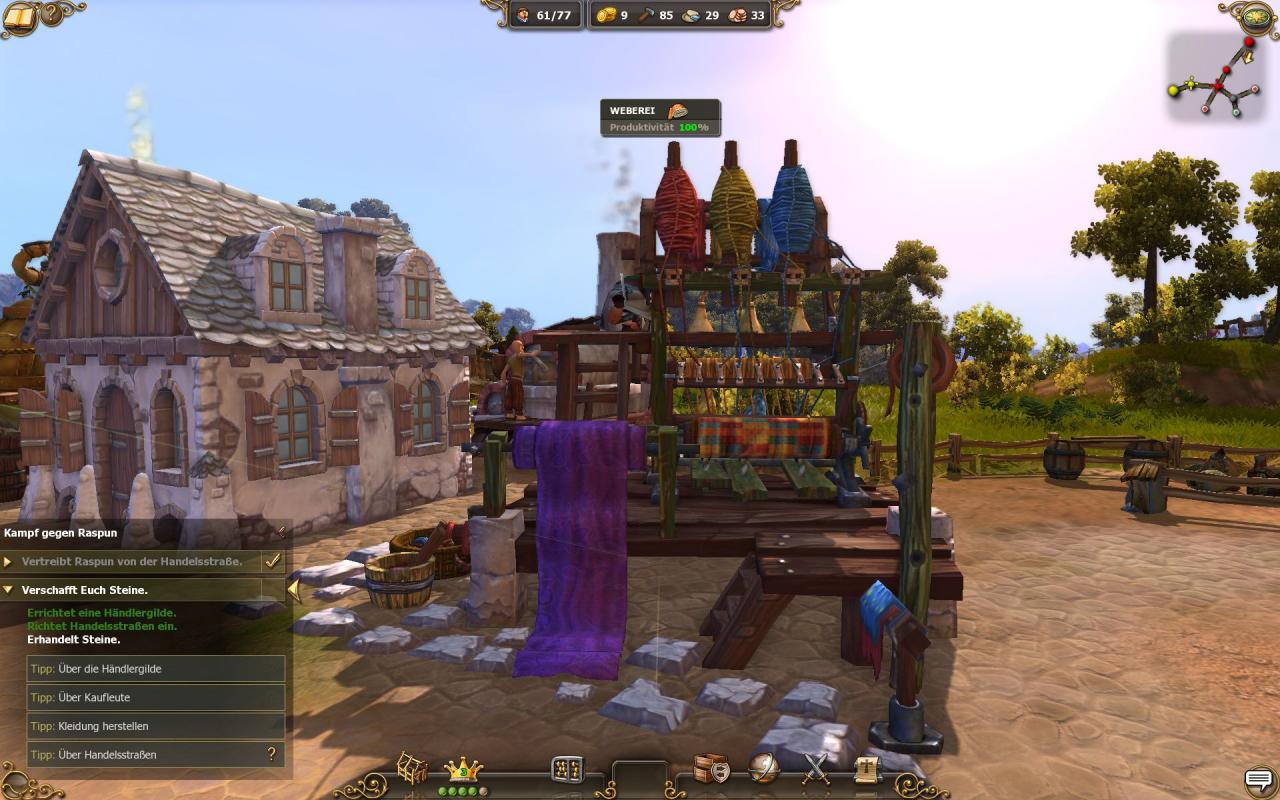

Chrysler, Toyota, and a group of GM dealers sued CARB in Federal court, leading to the eventual neutering of CARB’s ZEV Mandate.Īfter public protests by EV drivers’ groups upset by the repossession of their cars, Toyota offered the last 328 RAV4-EVs for sale to the general public during six months, up until November 22, 2002. GM’s program came under particular scrutiny in an unusual move, consumers were not allowed to purchase EV1s, but were instead asked to sign closed-end leases, meaning that the cars had to be returned to GM at the end of the lease period, with no option to purchase, despite lesser interest in continuing to own the cars. The automakers were accused of pandering to the wishes of CARB in order to continue to be allowed to sell cars in the lucrative Californian market, while failing to adequately promote their electric vehicles in order to create the impression that the consumers were not interested in the cars, all the while joining oil industry lobbyists in vigorously protesting CARB’s mandate. I thought going green was supposed to provide the U.S.

Ford Fusion is manufactured at Ford’s Hermosillo Stamping & Assembly plant, located in Sonora Mexico. In response, automakers developed electric models, including the Chrysler TEVan, Ford Ranger EV pickup truck, GM EV1 and S10 EV pickup, Honda EV Plus hatchback, Nissan lithium-battery Altra EV miniwagon and Toyota RAV4 EV.

In the early 1990s, the California Air Resources Board (CARB), the government of California’s “clean air agency”, began a push for more fuel-efficient, lower-emissions vehicles, with the ultimate goal being a move to zero-emissions vehicles such as electric vehicles.


 0 kommentar(er)
0 kommentar(er)
